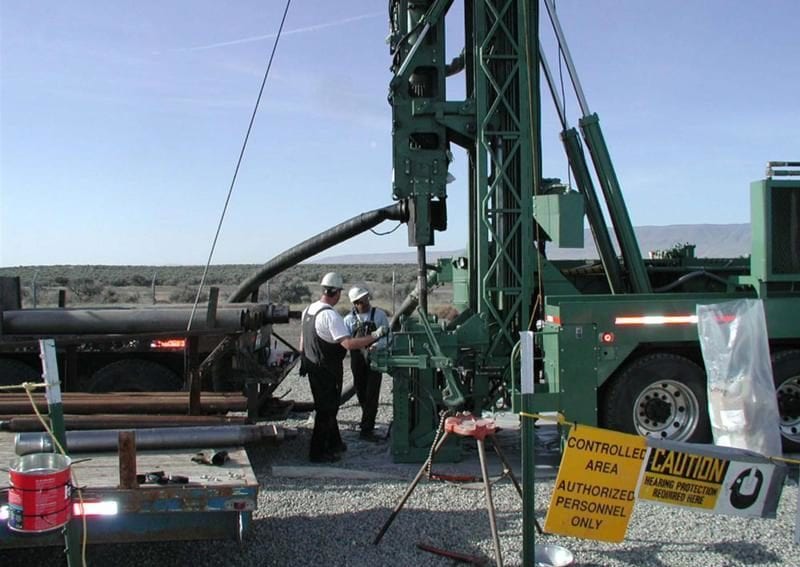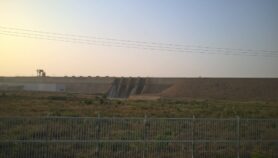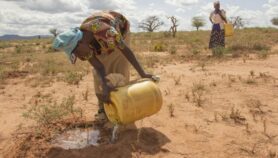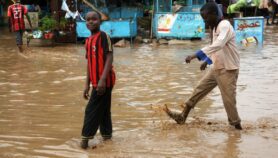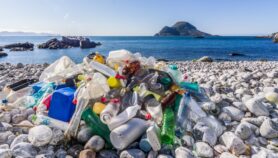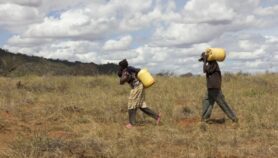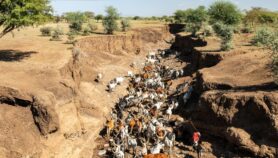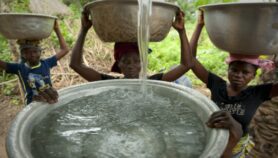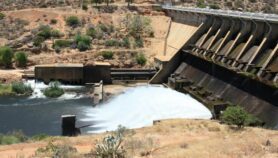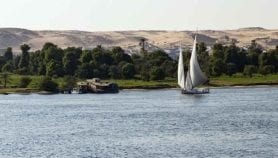By: Gilbert Nakweya
Send to a friend
The details you provide on this page will not be used to send unsolicited email, and will not be sold to a 3rd party. See privacy policy.
[NAIROB] A large-scale borehole drilling of the largest aquifer discovered in Kenya’s dry northwest region — Turkana County — last year is expected to begin late this month, says John Nyaoro, director of water resources at Kenya’s Ministry of Environment, Water and Natural Resources.
The Kenya government-funded project is part of a plan to use major water reserves for economic gains, especially through irrigation for agriculture, he adds, citing the safety of Lotikipi aquifer, where the drilling will occur, for domestic use and an existing survey to establish if its water quantity can be used for commercial purposes.
“We are set to start a [new] major survey in the region to [precisely] determine the quantity of the water,” Nyaoro tells SciDev.Net.
“We are set to start a [new] major survey in the region to [precisely] determine the quantity of the water.”
John Nyaoro, Kenya’s Ministry of Environment, Water and Natural Resources.
The project is in response to a survey commissioned by the United Nations Educational, Scientific and Cultural Organization (UNESCO) in partnership with the government of Kenya which identified shallow aquifers and five deep high capacity groundwater reserves in the drought-stricken northwest Kenya in August last year.
The survey, which formed part of UNESCO’s mapping project, Groundwater Resources Investigation for Drought Mitigation in Africa Programme, was funded by the government of Japan and undertaken by France-headquartered Radar Technologies International (RTI). It recommended deep borehole drilling in the confirmed aquifers to augment water supplies and boost economic development in the region.
The UNESCO-commissioned survey estimated that the deep aquifers have about 250 billion cubic metres of water and could meet the water needs of the entire country for 70 years.
Lotikipi aquifer alone, the largest of the five, is estimated to have 207 billion cubic metres of water, adds Abou Amani, a senior water science programme specialist and the regional hydrologist for Africa at UNESCO.
Any new boreholes drilled within these aquifer systems, Amani says, will help refine the preliminary estimates.
RTI used a water exploration system to assist drillers to identify with better precision sites that have high groundwater potential, according to Amani.
Amani adds that the system combined and processed remote sensing and raw data to detect shallow aquifers with depths between 60 and 80 metres.
The major challenges to the advancement of this technology include difficulty of obtaining data from national partners, limited capacity for drilling deep boreholes and inadequate time and funds to use exploratory drilling to confirm identified deep aquifers, according to Amani.
Suresh Patel, the chair of the environment, water, forestry and wildlife board of Kenya Private Sector Alliance, tells SciDev.Net that the large-scale drilling is good news for Kenya and implies a positive economic future.
“This borehole drilling of the aquifers provides an opportunity for agricultural and industrial growth in Turkana,” he adds. Patel, however, challenges the government to support further assessments to ascertain the quality, capacity and the accessibility of the water.
This article has been produced by SciDev.Net's Sub-Saharan Africa desk.


